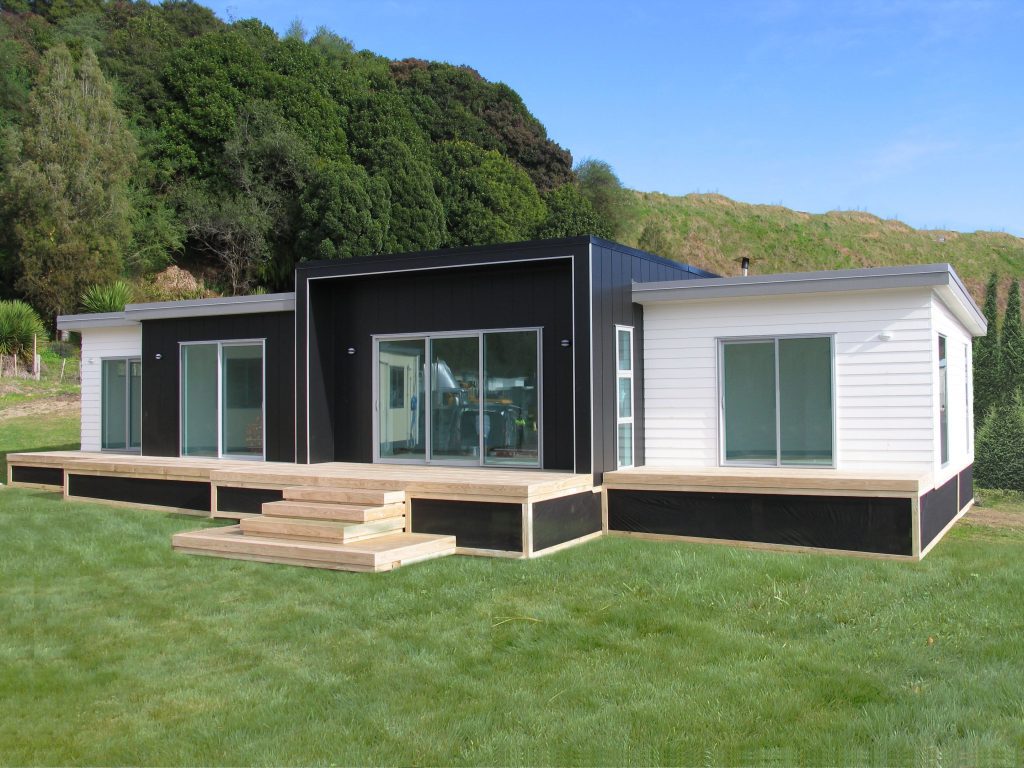Introduction to Modular Houses
Modular houses are revolutionizing the way we think about home construction and living spaces. Unlike traditional houses, which are built on-site, modular homes are constructed in sections or modules in a factory setting. These modules are then transported to the building site and assembled. This process offers numerous advantages, including reduced construction time, lower costs, and minimal environmental impact. Modular homes can be customized to suit individual tastes and needs, making them a versatile and attractive option for many homeowners.
Advantages of Modular Construction
One of the most compelling reasons to consider a modular house is the efficiency of its construction process. Building modules in a factory setting allows for greater control over quality and reduces the impact of weather delays. This efficiency translates into faster construction times, with many modular homes being completed in a fraction of the time it takes to build a traditional home. Additionally, because the construction is more controlled, there are fewer unexpected costs and delays. Modular homes are also designed with energy efficiency in mind, often featuring advanced insulation and sustainable materials that contribute to lower utility bills and a smaller carbon footprint.
Design Flexibility and Customization
Modular houses offer a remarkable degree of design flexibility and customization. Modern modular homes can be tailored to reflect personal style and preferences, from the layout and size of rooms to the choice of finishes and materials. Many manufacturers offer a range of pre-designed floor plans that can be modified to fit individual needs. This flexibility allows homeowners to create a living space that truly reflects their vision without the extensive costs and delays associated with traditional custom home building. Whether you’re looking for a compact, efficient design or a larger, more elaborate layout, modular homes can be adapted to meet your requirements.
Cost Considerations and Financing Options
While modular homes can offer significant savings compared to traditional construction methods, it’s important to consider the full range of costs involved. The price of a modular home includes not only the cost of the modules themselves but also the expenses associated with site preparation, transportation, and assembly. However, many homeowners find that the overall cost is still lower than that of a traditional home due to reduced construction time and labor costs. Financing options for modular homes are similar to those for conventional homes, with various lenders offering mortgages specifically for modular housing. It’s advisable to work with a knowledgeable real estate agent or financial advisor to explore the best options for your situation.
Future Trends in Modular Housing
The modular housing industry is continually evolving, with new trends and innovations shaping the future of this construction method. Advances in technology are leading to smarter, more energy-efficient homes that integrate seamlessly with modern lifestyles. Innovations such as 3D printing and modular design software are streamlining the design and construction processes, making modular homes even more customizable and affordable. Additionally, as sustainability becomes a more prominent concern, modular homes are increasingly incorporating eco-friendly materials and practices. These trends suggest that modular housing will continue to grow in popularity as a practical, innovative, and environmentally conscious choice for future homeowners.


